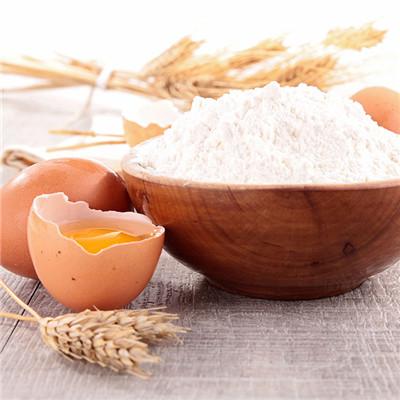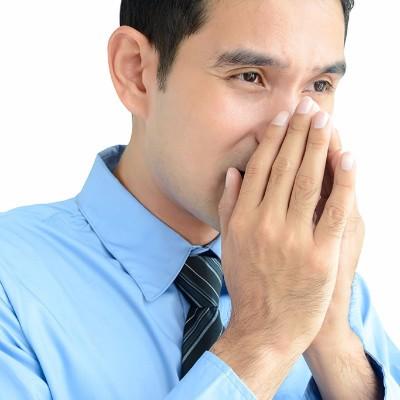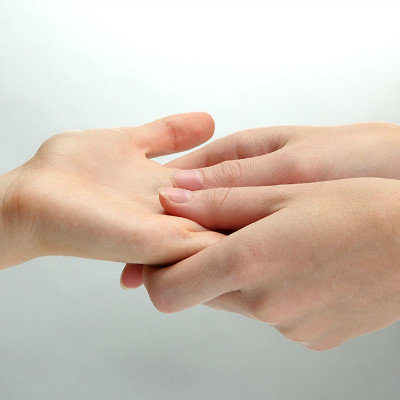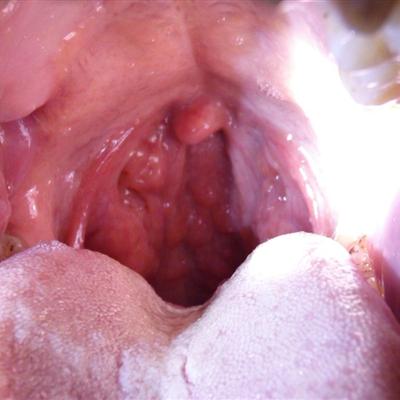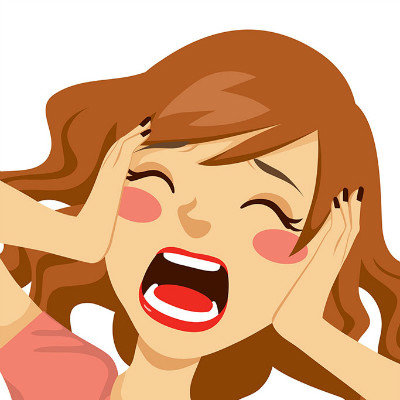Symptoms of baby asthma
summary
In daily life, children are the high risk group of asthma. Children's resistance will be relatively poor. Sometimes if the treatment of cold and cough is not complete, it is easy to leave the root of asthma. It is very important to find the disease of children with asthma early, so as to grasp the best treatment time, Let's talk about the symptoms of children with asthma.
Symptoms of baby asthma
Remission: in remission, children with asthma may not have any symptoms and signs, have no effect on activity, or only show symptoms of allergic rhinitis and pharyngitis. A small number of children may have chest discomfort, lung wheezing sound or with or without.
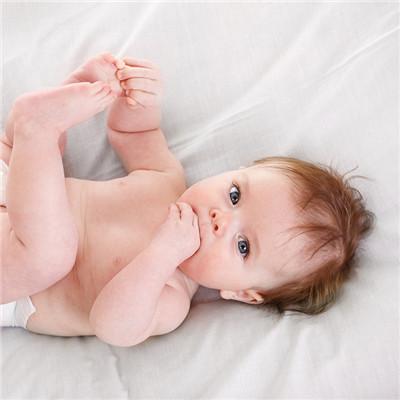
Typical attack performance: children can appear high-profile wheezing, without stethoscope or a certain distance can be heard. The frequency of breathing is accelerated and the breathing is difficult. The infants may have mouth opening breathing and nasal flapping. Many children can be accompanied by cough, general disease for dry cough at the beginning, when the attack subsides, cough up white mucoid sputum. Severe attack can be manifested as restlessness, cyanosis, pale, cold sweat.
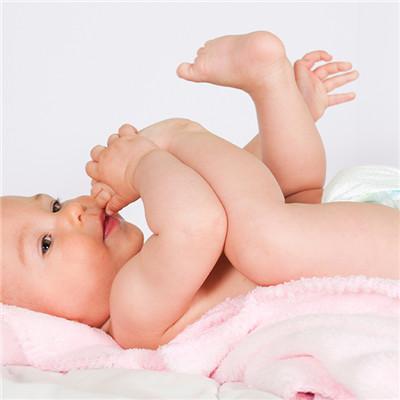
Aura of attack and early performance: if children are entangled with asthma, once they are exposed to allergens, cold air or other incentives, they will first show symptoms of upper respiratory tract allergy, such as itching eyes, itching nose, sneezing, runny nose, etc. because infants are difficult to express itching, they often only rub their eyes and nose. The further manifestations were upper palate itching, pharyngeal itching, dry cough and choking cough. These symptoms usually last for hours or days before the onset of asthma. Therefore, parents should not ignore this kind of behavior of children, and should not blindly think that children are just naughty, so as not to delay the disease for a long time and become more serious.
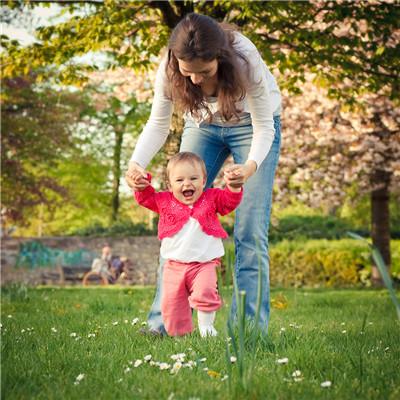
matters needing attention
As parents, we must do a good job in child care, careful observation of children's physical abnormalities, which can help early detection of disease.
